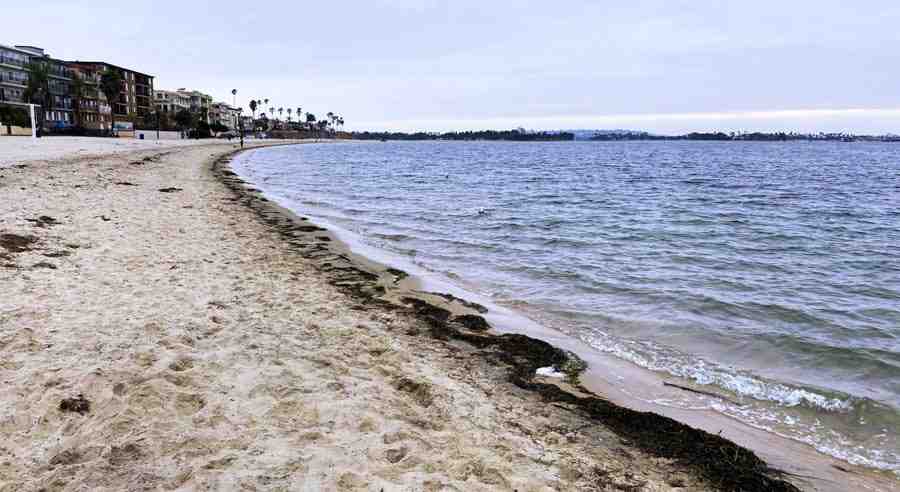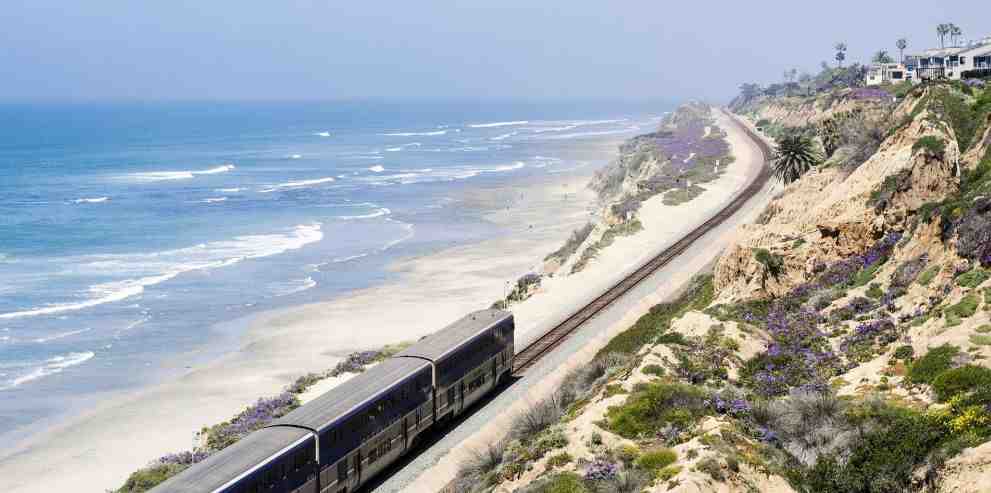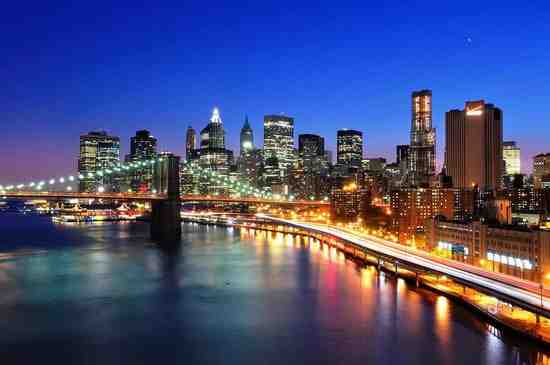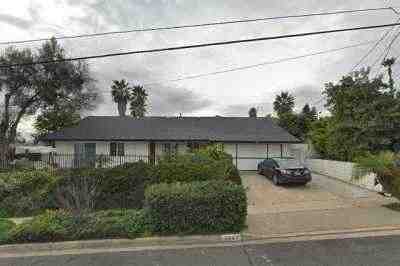What is the best month to visit San Diego?
The San Diego rainy season usually lasts from November to March, but in the following months most of the region’s rainfall occurred.
Why is it called San Diego?

* SAN DIEGO Named after the Bay of San Diego, renamed Vizcaino in 1602, in honor of the Franciscan, San Diego de Alcala de Henares, whose flagship name.
Why does San Diego Mean? Origin san-diego From Spanish, from Santiago, a combination of “Sant ‘Iago”, and “Saint James”. Sant is from the Latin Sanctus, “holy” or “saint”. Iago is a northwestern Spanish form from the Latin Jacobus, “James”. The name Diego is sometimes confused with the Latin name Didacus.
What was San Diego originally called?
Discovered in 1542 by European explorer Juan Rodriguez Cabrillo, San Diego was originally called San Miguel. The current San Diego bay and area was renamed 60 years later, in 1602.
Did San Diego used to be Mexico?
| San Diego, California | |
|---|---|
| â € ¢ City Council | List |
What was San Diego first name?
In 1542 and named San Miguel by the Spanish explorer Juan Rodríguez Cabrillo, the area was renamed the Spanish monk San Diego de Alcalá de Henares in 1602 by Sebastián Vizcaíno.
What San Diego is known for?
San Diego is renowned for its stunning climate, 70 miles of excellent beaches and a wonderful range of world – class family attractions. Attractions include the world – famous San Diego Zoo and San Diego Zoo Safari Park, SeaWorld San Diego and LEGOLAND California.
How far is it from LA to San Diego?
Using downtown Los Angeles as a starting point, the distance between Los Angeles and San Diego is 118 miles, which takes at least 1 hour and 50 minutes non-stop and no traffic.
How would you describe San Diego?
Located on the Pacific coast of Southern California, San Diego is called “America’s Best City”. is an attraction for visitors of all ages.
Did San Diego used to be Mexico?
First Mexican Empire and First Mexican Republic (1821-1835): Pueblo de San Diego. In 1821, Mexico expelled the Spaniards in the Mexican War of Independence and formed Alta California Province. The San Diego Mission was sealed and closed in 1834 and the land sold.
Where does San Diego originate from?
In 1542 and named San Miguel by the Spanish explorer Juan Rodríguez Cabrillo, the area was renamed the Spanish monk San Diego de Alcalá de Henares in 1602 by Sebastián Vizcaíno.
Who originally lived in San Diego?
CALIFORNIA BASIC PEOPLE The earliest indications of people living in San Diego date back 9,000 years. They called themselves Kumeyaay. When the Spaniards arrived, they used the word Diegueño to identify the Indians associated with the Mission.
What month rains the most in San Diego?

January is often the wettest month in San Diego. The rainy season (as light as it is) begins in November and lasts until March.
Which are the three rainy months in San Diego? Feel free to add this climate graph to your website. Click the copy button above. San Diego has dry periods in April, May, June, July, August, September, October and November. On average, February is the wettest month with 2.28 inches (58.0 mm) of precipitation.
What month does CA get the most rain?
The rainy period of the year lasts for 6.3 months, from 16 October to 25 April, with a 31-day sliding rainfall of at least 0.5 inches. February is the month with the heaviest rainfall in Los Angeles, with an average of 3.3 inches. The rainy season of the year lasts for 5.7 months, from 25 April to 16 October.
What is the rainiest city in California?
Gasquet is located in the Smith River National Recreation Area and is said to be the rarest place in California with an average annual rainfall of 95 inches (2,400 mm).
What months does it rain in California?
Unlike most of the country, California has distinct wet and dry seasons. Over 90% of California’s average annual rainfall falls from October to April. Rain usually returns by October as the jet stream flows further south, dragging the Pacific front systems.
What was the wettest year in San Diego?
1883-84 – The wettest Rainy Year (July-June) in the entire history of San Diego (25.90â €). Moderate El Nino possibly enhanced by Krakatoa eruption effects. The wettest February in history (9.05â € ³). 1886 – The coldest November in history.
How much rainfall did San Diego receive in 1985?
| Location | Water Year | Actual Rainfall (inches) |
|---|---|---|
| Achadh Lindbergh | 1982 | 11.85 |
| Achadh Lindbergh | 1983 | 18.49 |
| Achadh Lindbergh | 1984 | 5.37 |
| Achadh Lindbergh | 1985 | 9.60 |
When was the California wettest year?
The sudden shift from record dry conditions to record wet conditions in California is what Daniel Swain, a climate scientist at the University of California at Los Angeles, described as a “precipitation whiplash.” A great example of this happened in 2016 when California had the wettest year ever in history …
Does it rain often in San Diego?
| San Diego, California | United States | |
|---|---|---|
| Precipitation | 38.4 days | 106.2 days |
| sunny | 266 days | 205 days |
| July Average High | 78.5 ° | 85.8 ° |
| January average low | 45.6 ° | 21.7 ° |
Does it rain more in San Diego than LA?
– Los Angeles has 32.5% more rainy days than San Diego.
How often does it storm in San Diego?
Among California cities with mild climates, San Diego stands out as one that enjoys the least stormy weather of all time. The average San Diego is only five days a year with thunderstorms or heavy rainstorms and there are never snowstorms.
What is the coldest month in San Diego?

The cool season lasts for 4.1 months, from 29 November to 2 April, with a daily average high temperature of 67 ° F. December is the coldest month of the year in San Diego, with an average low of 51 ° F and a high of 65 ° F.
What is the coldest he gets in San Diego? The highest ever temperature was 25 ° F (âˆ4 ° C) on January 7, 1913. The highest temperature ever set was only once and occurred on September 27, 2010, 47 years and two days after the set record.
How cold does it get in San Diego?
San Diego does not usually have cold weather. Every day in a typical year is heated to at least 50 ° F (10 ° C). The city only has an average of one night a year when the thermometer drops to as low as 40 ° F (4 ° C). But San Diego does not get cold enough to freeze.
How cold does winter get in San Diego?
Winter is the coldest season in the city, but don’t expect a traditional winter in San Diego. Average temperatures fall in the 60s and minimums sometimes drop to the high 40s, but this is only very late at night or early in the morning. If you are on a beach holiday, do not come during these months!
What are San Diego winters like?
High and low temperatures range from 69 ° F (21 ° C) to 54 ° F (12 ° C). December is one of the two coldest months of the year and is the beginning of winter for San Diego. High average temperatures link with January at 65 ° F (18 ° C), but low average temperatures decrease by one degree.
What is the best month to visit San Diego?
The best times to visit San Diego are March through May and September through November. You will find great deals on travel rates during the low seasons compared to the peak summer season.
Is it warm enough to swim in San Diego?
The Pacific Ocean is called cold, but in summer the water temperature off San Diego is in the high 60s. Certain water protection bodies, such as La Jolla Cove, can be even warmer, with temperatures of 70 or more.
How many days are enough for San Diego?
We recommend planning at least 3 days for San Diego. This will allow you to explore the city center, visit one or two theme parks, and perhaps get a glimpse of the beautiful coastal areas nearby. However, if you have more time, you can easily fill 5-7 days in San Diego and you will find plenty to do.
Is San Diego colder than LA?
I noticed that San Diego tends to get colder weather than Los Angeles, even though it’s south of Los Angeles. I’m wondering why. San Diego has a maritime climate, strongly influenced by cool temperatures in the Pacific Ocean that range from the 50s to the upper 60s each year.
Does San Diego ever get hot?
Climate and Average Weather All Year in San Diego California, USA. In San Diego, summers are short, warm, arid, and clear and winters are long, cool, and partly cloudy. Throughout the year, temperatures typically range from 50 ° F to 77 ° F and rarely below 44 ° F or above 84 ° F.
Who has better weather LA or San Diego?
– Los Angeles has 6.8% more Sunny Days than San Diego.







